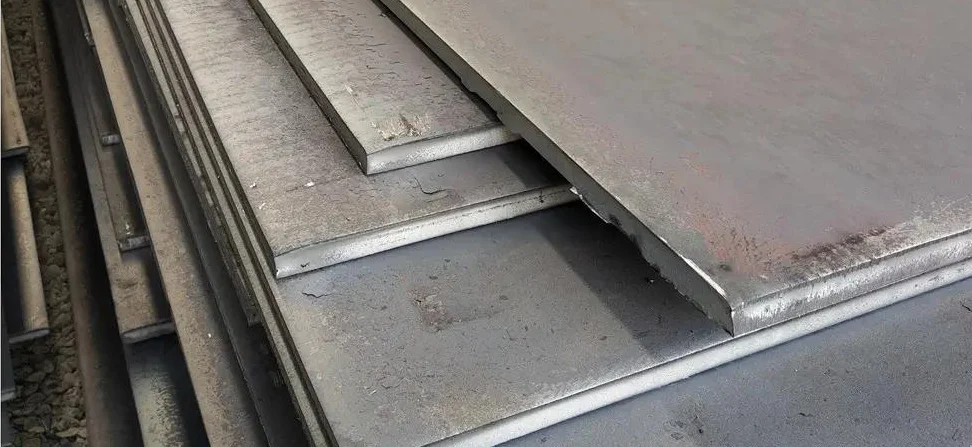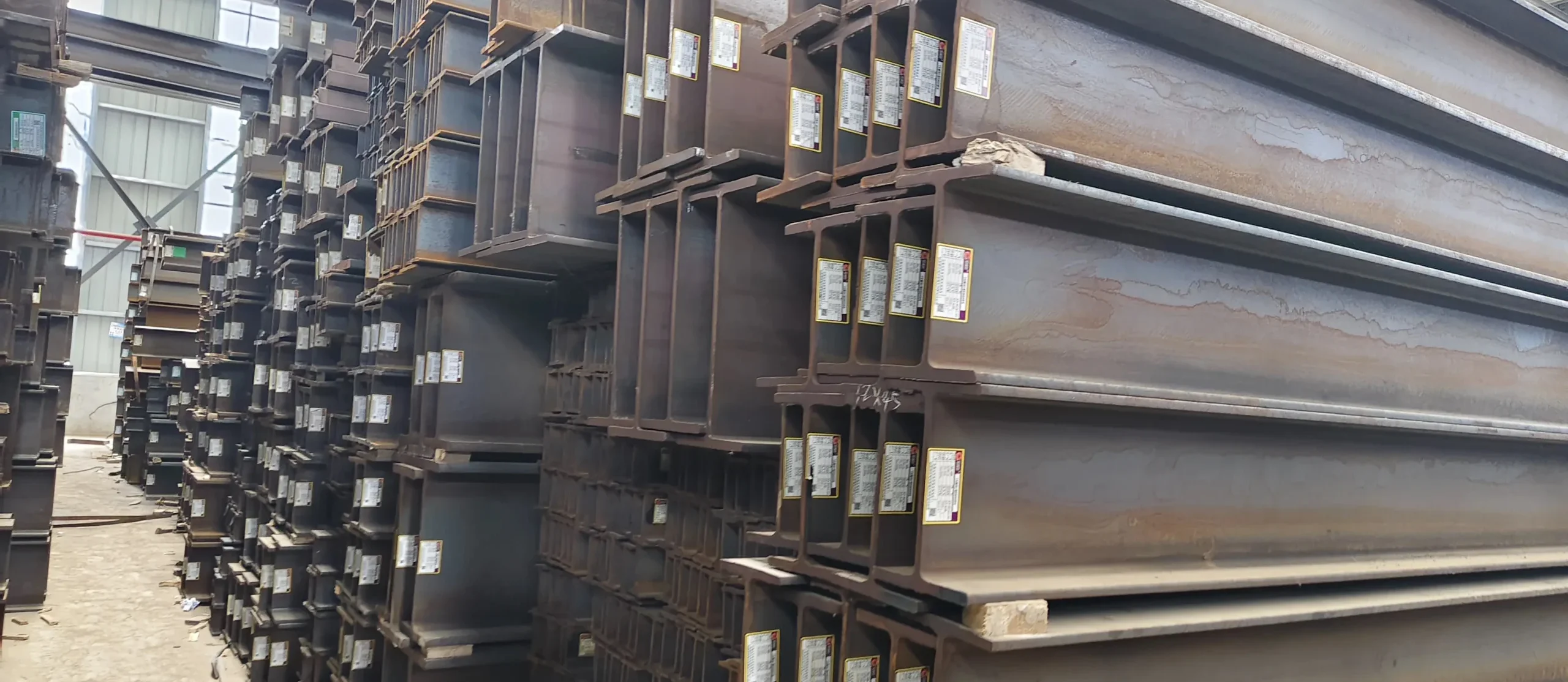Duplex stainless steel has become an important engineering material, widely used in petrochemical industry, offshore, oil field equipment, papermaking, shipbuilding environmental protection, etc.
2507 duplex stainless steel is developed on the basis of the second generation duplex stainless steel 2205, currently has SAF2507, UR52N +, Zeron100, S32750, 00Cr25Ni7Mo4N and other grades.
2507 is composed of austenite and ferrite, and has the dual characteristics of austenitic stainless steel and ferritic stainless steel, so that it has a lower thermal expansion coefficient and higher thermal conductivity than austenitic stainless steel. The pitting corrosion factor (PREN) is greater than 40. It is resistant to pitting corrosion, crevice corrosion and chloride stress corrosion cracking, and has high strength, high fatigue strength, low temperature and high toughness. It is a widely used material.
In recent years, with the continuous expansion of the application field of duplex pipe, the demand for welding technology has increased, accelerating the development of welding technology.

Duplex 2507 pipes
Various elements in duplex 2507 stainless steel
The very low carbon content of the chemical composition of 2507 duplex stainless steel can improve the weldability of the steel and reduce the tendency of carbide precipitation at the grain boundary during heat treatment, increase intergranular corrosion resistance, high chromium, high molybdenum and higher nitrogen content can improve the corrosion resistance, so that it has good resistance to formic acid, acetic acid, nitride and other uniform corrosion, pitting corrosion resistance, stress corrosion resistance.
Nitrogen is added as an alloy element to stainless steel, which can improve the austenite stability and balance the phase ratio of duplex steel. It can increase the strength of steel without affecting the plasticity and toughness of stainless steel, and can partially replace nickel in stainless steel to reduce costs. Nitrogen has the effect of delaying the dispersion and precipitation of intermetallic compounds and stabilizing austenite in duplex stainless steels.
Welding

The 2507 duplex stainless steel welding method is widely applicable and can be welded in a variety of ways. Welding heat input and cooling rate affect the phase balance of ferrite and austenite and the performance of the welded joint.
In order to ensure that the weld seam has proper proportions and good mechanical properties and corrosion performance, excessively small or excessive heat input should be avoided during welding, controlled at 5-20kJ / cm, and the lower limit should be taken when welding thin-walled parts. Increase the heat input when welding thick-walled parts, and the temperature between the channels should not exceed 100 ℃.




